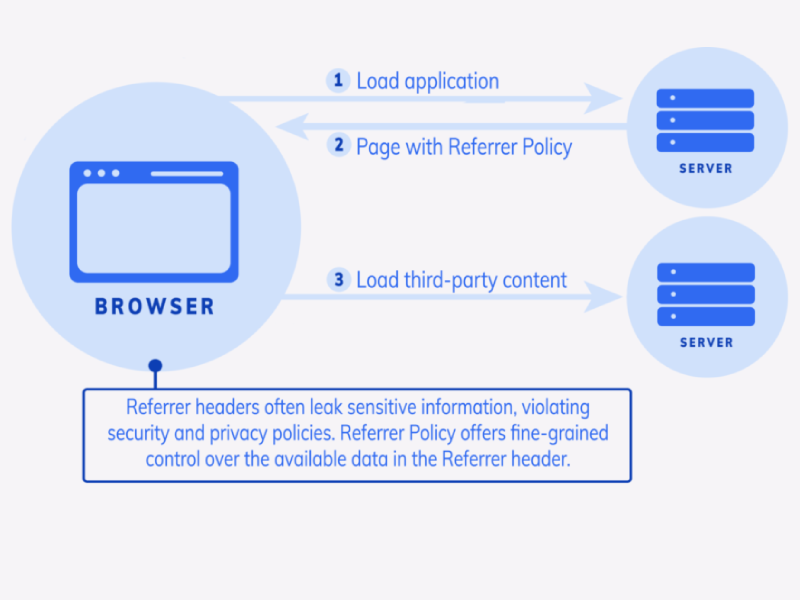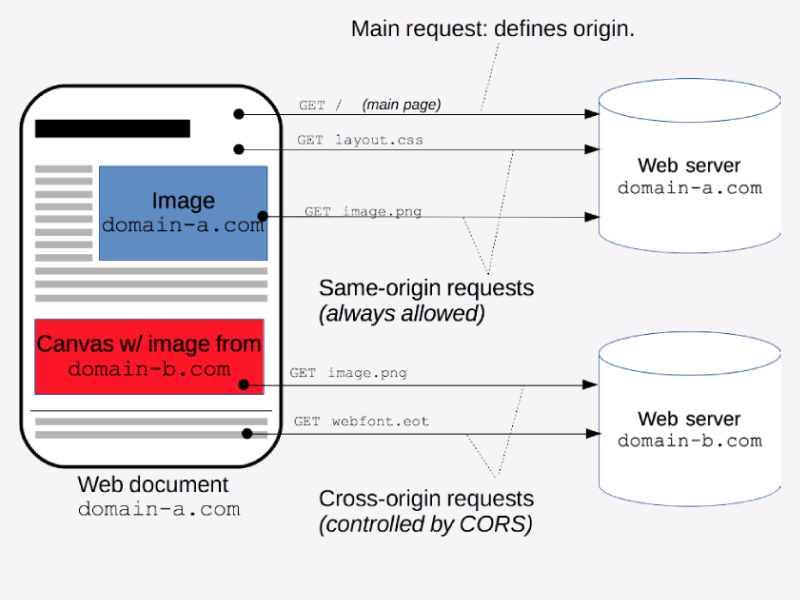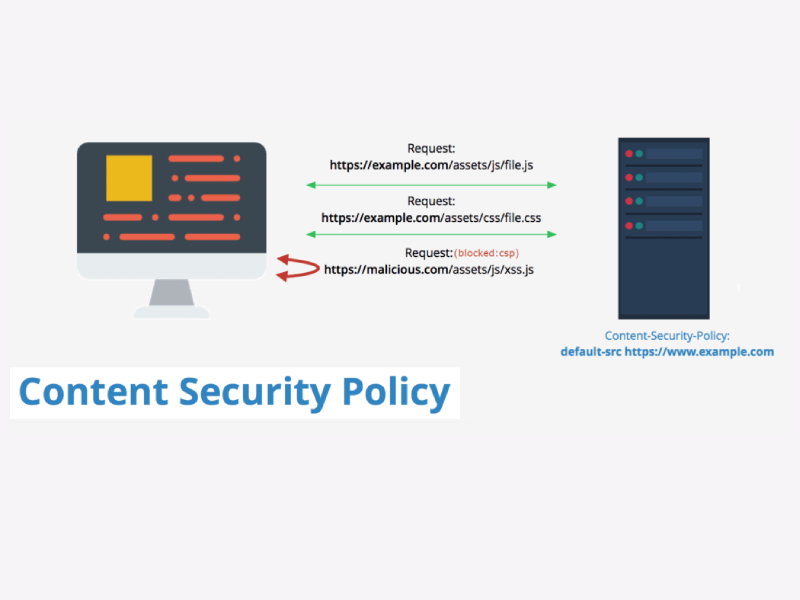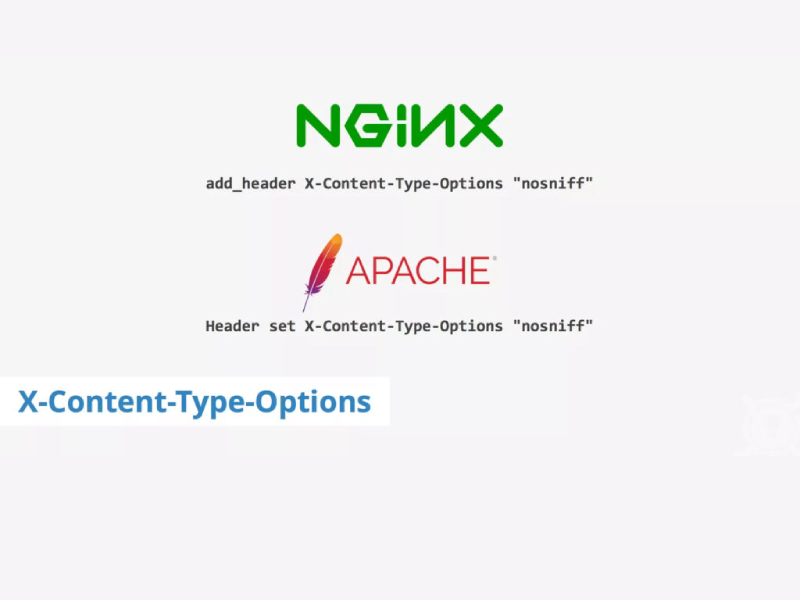WordPress Security in 2025: Essential Measures and Tools
In 2025, developing a WordPress website requires diligent attention to security. With cyber threats becoming increasingly sophisticated, it’s essential for web developers and site owners to implement robust security measures. This article will explore key security practices, tools, and strategies that will help safeguard your WordPress website against potential threats. Understanding the Security Landscape As […]
WordPress Security in 2025: Essential Measures and Tools Read More »










